Primatte
Using a unique algorithm based on three multi-faceted polyhedrons floating in RGB colorspace to isolate color regions, Primatte keys out and replaces bluescreens and greenscreens with transparency to facilitate background replacement.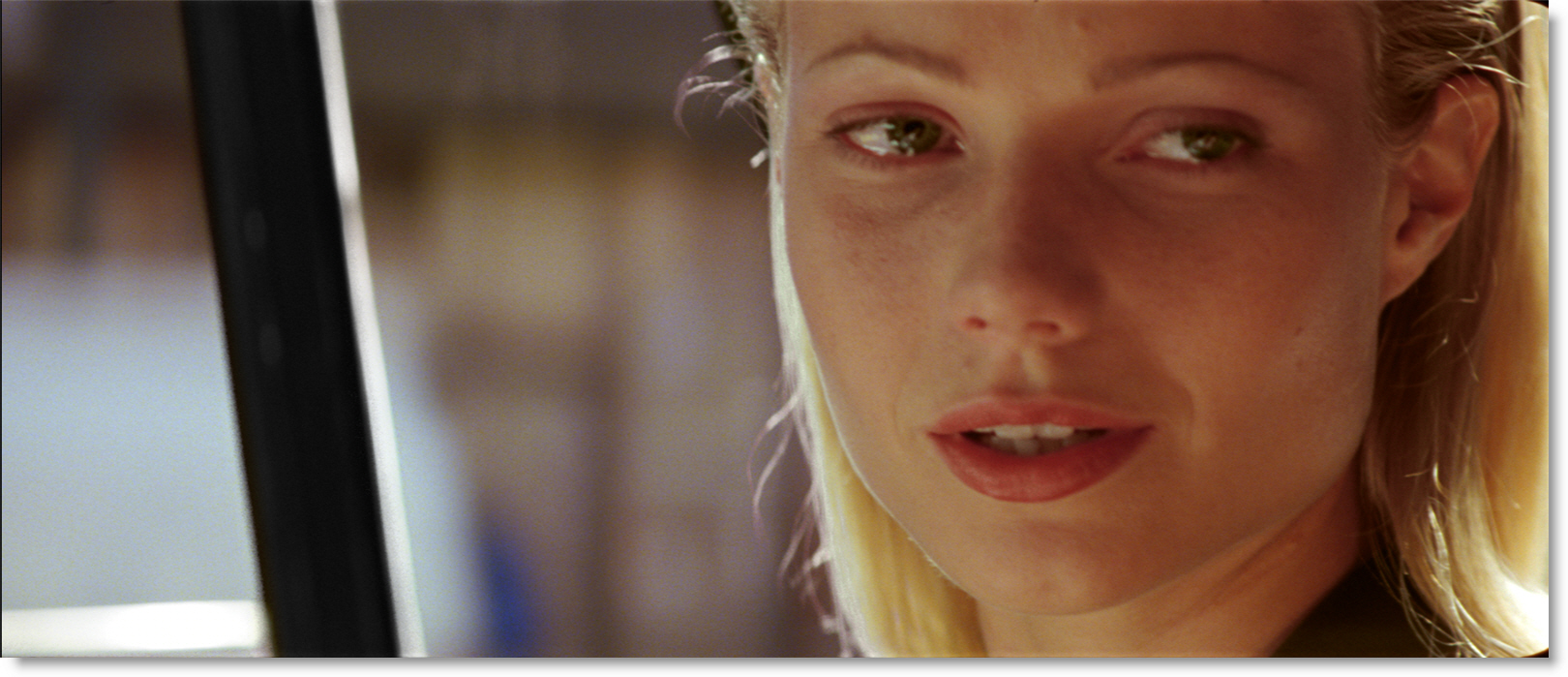
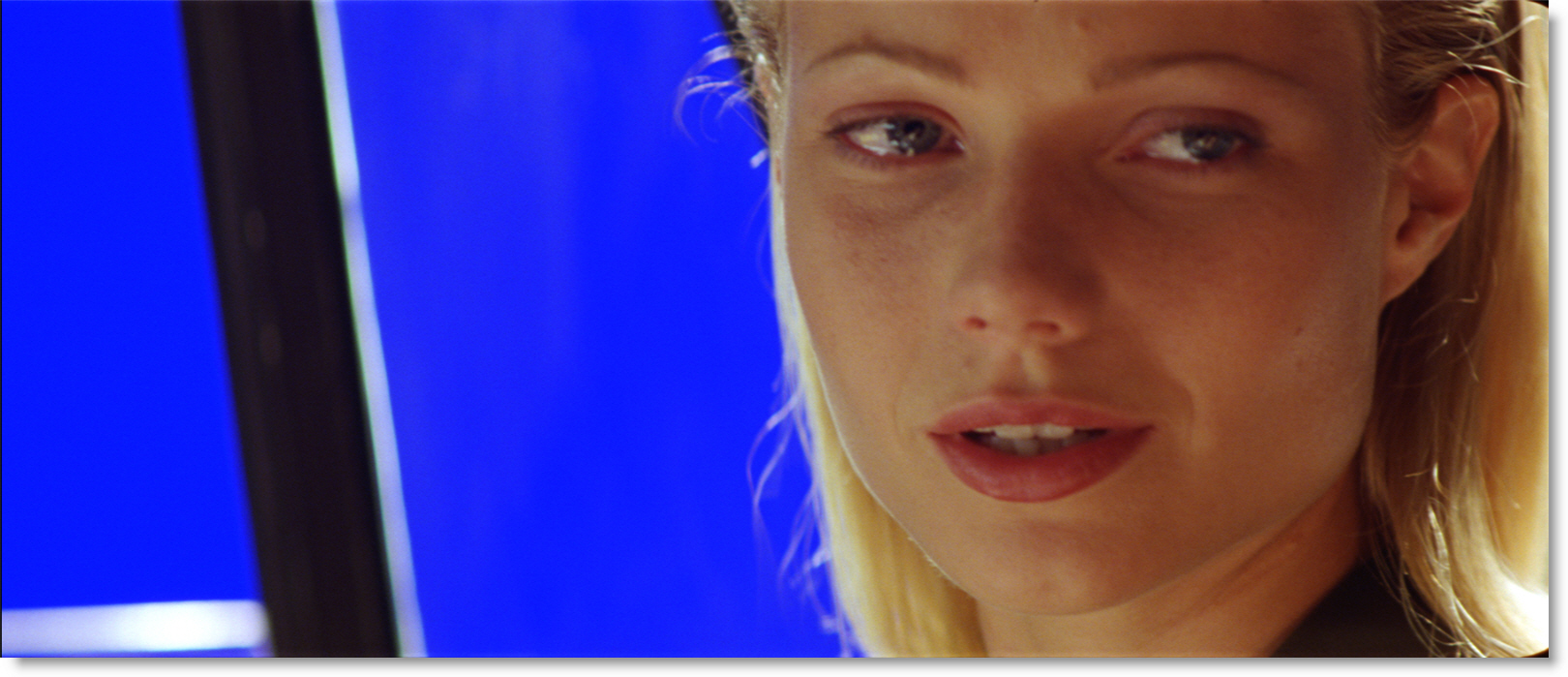


Understanding Primatte
Primatte constructs a space described by three concentric partial spheres. The space is created by finding color values in a 3D axis, with each axis being a primary color of red, green, or blue. These three shells separate four zones.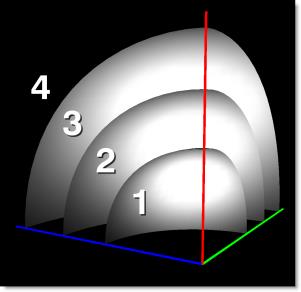

Zone 1
Inside the small polyhedron are all the background pixels. They are 100% transparent and have no background spill suppression. Pixels in the small polyhedron will appear black if you view the matte output.
Zone 2
Between the small and medium polyhedrons are the edge transition pixels which would appear gray when viewing the matte output. These are a blend of foreground and background pixels transparently blended with spill suppression applied.
Zone 3
Between the medium and the large polyhedron are the pixels in the center of your foreground objects. These have to stay 100% foreground, but do need spill suppression applied.
Zone 4
Zone 4 is outside the large polyhedron. These are foreground pixels that are 100% foreground and do not need spill suppression.
As you scrub on an image, Primatte pushes and pulls on the shells based on which function you use, creating dents and bumps on the shells. The position of the dents is determined by the pixel values as located on the RGB axis.
Visualizing a Primatte key in 3D color space would look something like this: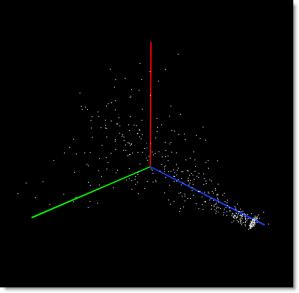

Pixels are distributed according to their color values and are manipulated based on their positioning within that 3D space.
Auto Analyze
1 Click the Auto Analyze button so that Primatte can automatically compute the best starting point for the key.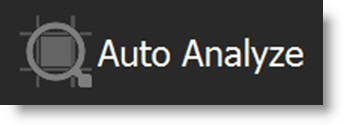

Auto Analyze uses advanced image analysis tools to identify blue/green background colors, estimate foreground color properties, and then generate an initial key which is ready for fine tuning as necessary.
2 In the event that Auto Analyze does not provide a good starting point, such as when keying colors other than blue or green, use Sample Background and then click and drag over the background.

Note: Sampling the background is a process that only needs to be done once as multiple samples will not produce an additive result. Each time you Auto-Analyze or use the Sample Background mode, it resets the sample.
Clean Background
1 View the Primary Matte.
2 Select Clean Background and click and drag over any gray pixels in the background to make them fully transparent. 

Clean Foreground
1 View the Primary Matte.
2 Select Clean Foreground and click and drag over any gray pixels in the foreground to make them fully opaque.

Holdout Matte/Garbage Matte
If there are areas in the foreground that won’t key or background areas that won’t key out, Primatte has Holdout Matte and Garbage Matte inputs to assist when this happens. A Holdout Matte defines foreground areas that should not be keyed out, while a Garbage Matte defines background areas that should be keyed out.
Holdout Matte
1 If there are foreground areas that are not keying properly, hook a Roto node into the Holdout Matte input.
2 Roto the appropriate foreground areas and they will be added to the output matte.
3 View the Final Matte to see the result.
Garbage Matte
1 If there are background areas that are not keying properly, hook a Roto node into the Garbage Matte input.
2 Roto the appropriate background areas and they will be subtracted from the output matte.
3 View the Final Matte to see the result.
Hybrid Matte
Some images contain blue or green hues that are very close to the key color which can result in holes in the foreground matte. The solution is to enable a second, Hybrid Matte to fill in any gray areas of the Primary Matte while still retaining gray values in the edge.
1 Activate Enable in the Advanced > Hybrid parameter group.
2 View the Final Matte.
3 Adjust the blending of the two mattes with Hybrid Blur and Hybrid Erode.
Spill Suppression
1 View the Final Composite.
2 Using the Spill Sponge, click and drag in the foreground image where you clearly see that the background key color is spilling over onto the foreground.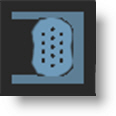

Usually a few clicks is all that is necessary to remove the spill.
3 To make spill adjustments in fine increments, Shift sample to increase spill colors and Alt sample to decrease spill.
Once the spill regions are isolated, the Spill parameter group offers additional controls. Depending on the individual shot, changing the Spill Replace mode to either Solid Color or Softened Background may produce a better result.
Matte Refinement
1 View the Final Matte.
2 Select Matte Sponge and click and drag over any gray pixels in the foreground to make them fully opaque.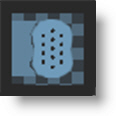

3 To make matte adjustments in fine increments, Shift sample to increase the matte opacity and Alt sample to decrease opacity.
Fine Tuning
The Fine Tuning controls provide an alternative method of adjusting Spill, Transparency and Detail with a single, targeted sample.
1 View the Final Composite.
2 Select Fine Tuning.

3 Click and drag over an area to be adjusted.
4 Use the Fine Tuning > Spill, Transparency and Detail parameters to make targeted adjustments in the sampled area.
Light Wrap
Light Wrap helps blend the foreground into the background by making the color of the background wrap into the foreground edges without completely losing the edge.
1 View the Final Composite.
2 In the Light Wrap group, select Enable.
3 Adjust the Lightness and Width.
Primatte Output Options
Primatte can output either the output (foreground plus generated matte) or a composite.

1 If you plan to do further work on the RGBA channels downstream from Primatte, use Primatte’s Output. It will output the foreground plus the generated matte.
2 Use Primatte’s optional Composite output if you want Primatte to do the composite.
Go to the Primatte node for more information.